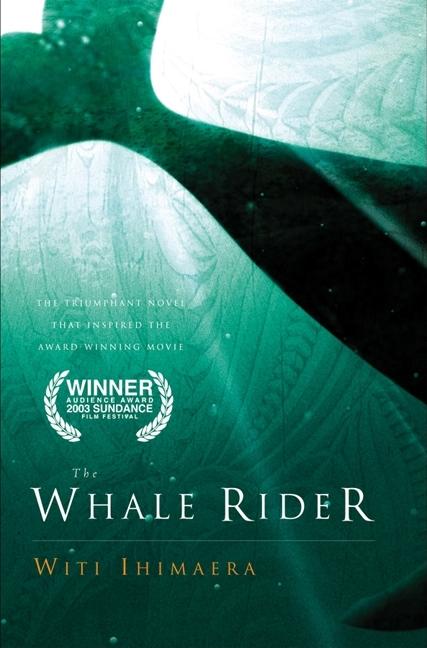Book Description
for The Whale Rider by Witi Ihimaera
From Cooperative Children's Book Center (CCBC)
When Kahu was born, she ended the male line of descent in her Maori tribe. Her great-grandfather, the current tribal leader, refused to acknowledge her as the future leader of her people. Now Kahu is eight, and she adores her great-grandfather despite his repeated efforts to ignore her. He won’t take her on as a student when he begins teaching young boys the old, traditional ways. He is unwilling to return her affection. His wife, Kahu’s great-grandmother, is furious, but she cannot get him to change his mind. Their people are suffering—environmental devastation has ruined their way of life—and the efforts of Kahu’s grandfather to work with the government to help them are failing. Witi Ihimaera’s multifaceted story is told from the point of view of Kahu’s older cousin, a young man whose decision to leave his village and find work on the mainland forms a powerful part of this complex novel. Witness to and victim of the racism faced by Aboriginals, he returns home shortly before the whales appear off the shores of their village. The arrival of the whales has been long prophesized. They would mark the return of the whale rider, leader of their people from long-ago times. But these whales are in distress. After one dies on the beach, the meaning of their return seems to change to one of despair. Only young Kahu is calm. Only Kahu understands that she is the whale rider, and that she must guide the whales back to the safety of the sea. Blending legend with a reality that’s both gritty and beautiful, this novel was made into a movie that was released in the United States just prior to the book’s publication here. The opening chapter, which gives the legend of the whale rider, is told in a prose style that is almost stream-of-consciousness and may be difficult going for some teens. But it has information relevant to the compelling contemporary story that follows. (Ages 13–18)
CCBC Choices 2004 . © Cooperative Children's Book Center, Univ. of Wisconsin - Madison, 2004. Used with permission.


